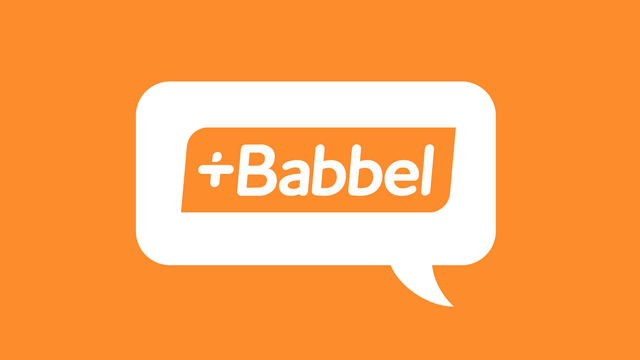Goal Dilution bias
The more singular something is in its purpose, the more effective we believe it is.
What is the Goal Dilution bias?
Goal Dilution explains the way we perceive the quality of products or services.
If a company just specialises in beds, we assume that their beds are of a higher quality than a company who makes beds and sofas and occasional furniture and more.
Basically, the more features or product extensions you add to your offering (ie the less specialised you are), the more the perceived quality of of what you offer decreases
The evidence it works
In a study conducted by Zhang, Fishbach, and Kruglanski (2007), participants were requested to assess the perceived usefulness of various resources (such as library, college, laptop) in accomplishing different objectives (like academic success, social connection, entertainment).
The findings indicated that as multiple goals were linked with a single resource, the perceived effectiveness for each specific goal lessened, showcasing the concept of goal dilution.
New research shows that having very different goals makes the dilution effect stronger. If goals are similar or overlap, the dilution of perceived performance is not as big.
How it builds brand memorability
One of the key drivers of brand memorability is ‘Ease’.
If you make your brand easy to access, deal with and buy from, you’re going to build strong, positive connections that lead to memorability.
At the point of purchase, or during the journey to purchase, customer’s decision-making can be made easier by leveraging behavioural biases. And METRIC is our tool for harnessing the power of these biases - snap judgements that help the brain make quick decisions in context - for clients.
METRIC organises the biases into six categories - because these are the key ‘resources’ we always have to spend when make decisions. They are Money, Effort, Time, Risk, Individuality, and Conscious thought. Which handily spells METRIC.
So presenting choices in one of these six frames can tip the balance in comms.
Great examples of Goal dilution bias in marketing
Uno. Un. Ein. Whichever way you put it: one goal.
Babbel is an app specialising in one thing: languages. And they have one goal: to get people talking in real-life conversations. Completely invested in offering one, fantastic, user-friendly app, consumers put their trust in the brand, expecting an A* lesson in languages.
Hear that? It’s the sound of good sound.
Klarna demonstrates the simplicity of using their payment platform by breaking it into three simple steps that buyers can understand.



